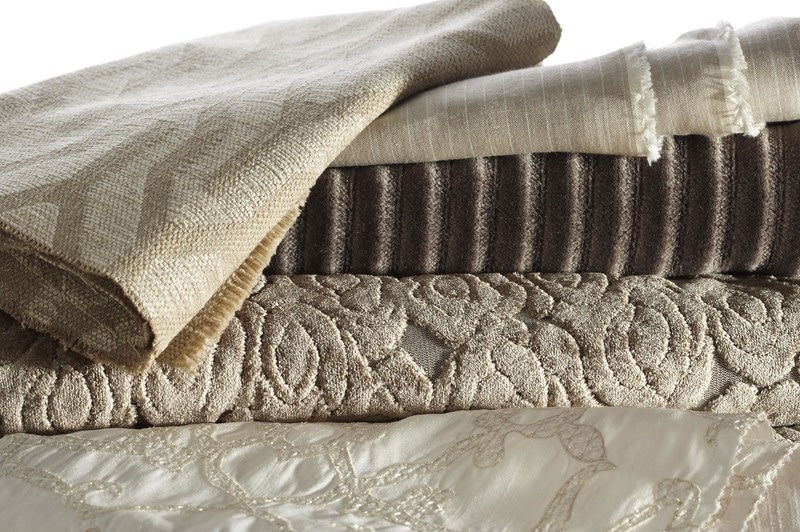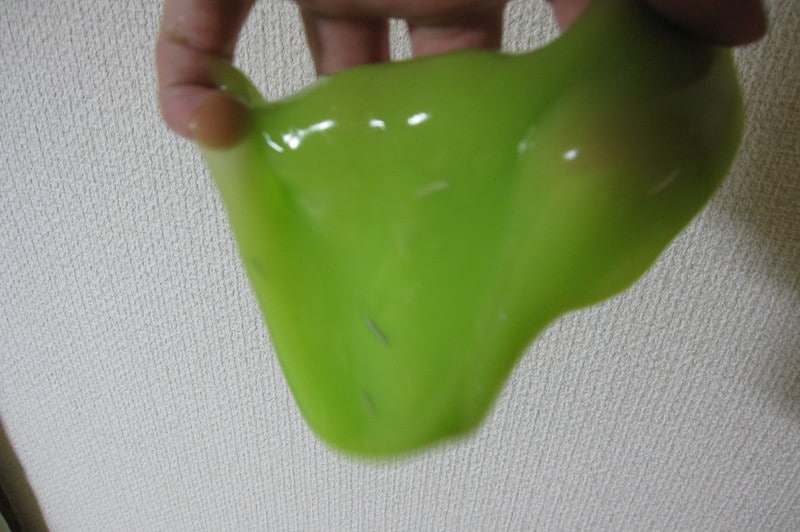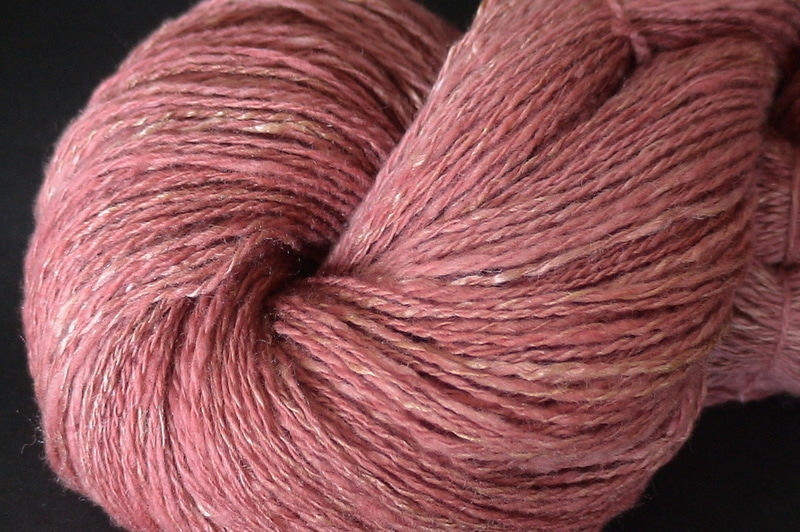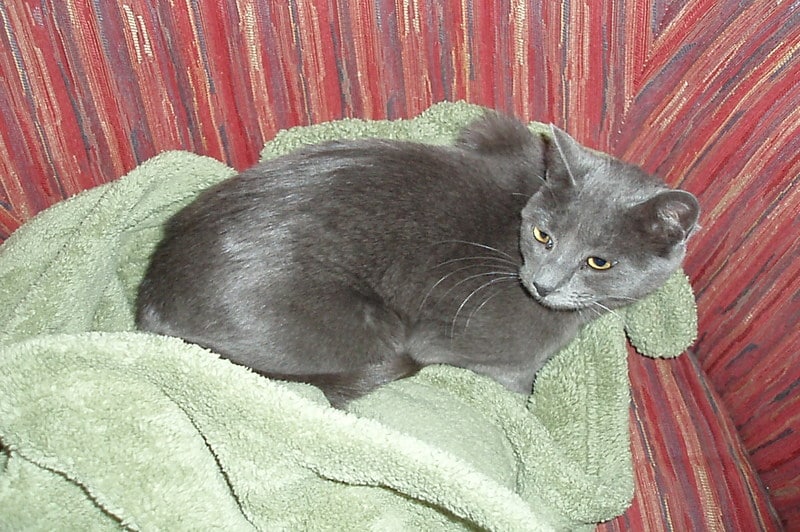There are different kinds of blankets, so you might wonder, what is mink blanket?

Acrylic is the primary material of mink blankets. Acrylic is a plush material that is famous for its warmth and softness.
Mink blankets are popular in China and Korea. They feel like genuine mink fur but are just synthetic fabric.
In this article, we will talk about what makes mink blankets appealing, their different kinds. We will also discuss their advantages and a buying guide to help you find the right mink blanket for you.
Do you wish to know more? Carry on reading until the end.
What Is Mink Blanket And What Makes It Appealing?
Blankets make our sleeping experience all the more comfortable and warm. Blankets that offer those two characteristics are sought after by customers.
Hence, it’s good to know that mink blankets offer those! Contrary to its name, no animals harmed in the making of this blanket. It does not contain any animal fur.
The material is acrylic woven to feel like mink fur. Generally, it is 85% acrylic and 15% polyester. The polyester defends it from wrinkles, while the acrylic makes it feel soft.
What draws people in the United Kingdom to using mink blankets is their softness, a well-known characteristic of Korean mink blankets.
Types of mink blankets
Mink blankets perform their blanket duties well. However, you should also know the different types of mink blankets that would fit your blanket preferences. Here are some of them.
- Korean mink blanket – This type of mink blanket is the standard of quality among mink blankets. They are soft and luscious because of their lush acrylic and polyester blend.
However, they mainly called ‘Korean’ mink blankets because they produced and exported from Korea.
- Vietnamese mink blanket – This one is catching up in the mink blanket market. It is new, but quality-wise, it is between Chinese and Korean mink blankets. It is good enough in terms of quality.
Also, its name is like so because it produced and exported from Vietnam.
- Chinese mink blanket – This one is famous alongside Korean mink blankets but not as much as the former. It has subpar quality as compared to Korean mink blankets as well.
Chinese mink blanket mainly made of polyester, which means it is not as soft as Korean mink blankets. However, this makes them more practical.
- Single-layer mink blanket – This is precisely what its name sounds like, single-layered. This type of mink blanket is ideal for not-so-cold nights!
- Double-layer mink blanket – Compared to the single-layer one, this one is thicker because it has double layers. The thickness makes it perfect for heavy winters when you need extra warmth.
What are the advantages of mink blankets?
Like all blankets, mink blankets make you feel snug. However, what sets it apart from other blankets is that its softness provides an additional soothing and relaxing feeling.
It will make getting out of bed more challenging. However, it makes sleeping more comfortable and warm.
What to consider when buying mink blankets?
Personal taste is one thing to consider when buying mink blankets. However, it is best to be sure if the blanket’s softness, plushness, and silkiness are up to your taste.
You will use the blanket in your most relaxed state. Hence, it should be up to your level of comfort.
Another thing to consider is the layer and size. For this, it is best to consider your weather as well.
There is also the ply level. Double-ply mink blankets are reversible and have designs on both sides. They do not only add aesthetics but also add warmth.
Last but not least, you have to consider your budget. Before diving into the mink blanket market, it is better to research first.
Having a fair estimation of your budget is necessary. It is so you can narrow down your choices about which blanket to buy.
Can you use mink blankets daily?
Mink blankets offer warmth. Hence, it is not surprising that people think it’s only for winter.
However, you can use mink blankets daily. They are also durable, which is why they can withstand daily use. They are low maintenance despite their luxurious feel.
How to take care of mink blankets?
Mink blankets are not challenging to clean. Most of them can be machine-washed and tumble dried. Just make sure to wash them in cold water and tumble dry them in low heat.
As for detergents, make sure not to use strong detergents with bleach. Strong detergents may negatively affect the design and colour of your blanket. Therefore, you should use gentle detergent instead.
After washing, mink blankets tend to be heavy, but that does not mean you should wring the water out to dry them. Please let them dry naturally while hanging them. There is also the option of low-heat tumble dry!
Conclusion
All in all, we hope we have answered your question on what is mink blanket. It is style and comfort woven into one great blanket. It is the ideal blanket meant to give you the best sleeping experience!









